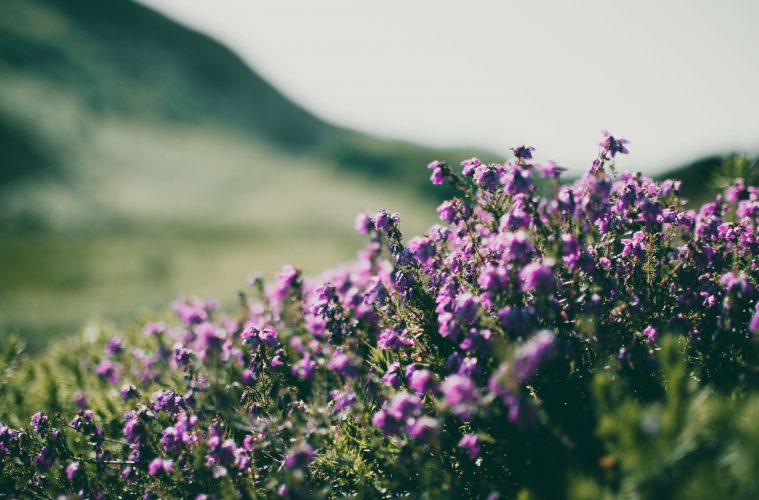When seeking blooms for your whimsical wildflower garden, opt for these indigenous plants to give your design a bit of South African-inspired flair.
Scabiosa africana
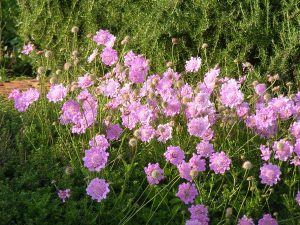
Pixabay
Found along mountainsides in the Western Cape. Scabiosa africana is a wonderful indigenous plant with mauve flowers and bright green leaves. Tolerant of many climates, these plants grow across the country without fuss and push up carpets of blooms from spring to summer. Paired with another indigenous Pincushion, Scabiosa Incisa, they put on a stunning purple display.
Watsonia spp.
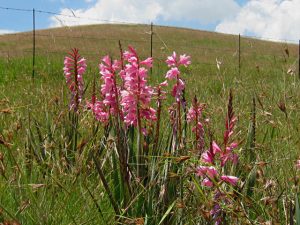
Pixabay
Native to Southern Africa, Watsonia is a large genus of more than 50 species of bright plants with upright blooms. These beauties tend to be eclipsed by more popular native plants, but their low-maintenance and hardy nature makes them deserving of a spot in any South African garden. Flowers come in pink, and white, red, and fiery orange, giving you plenty of range for any design or desire.
Read more: Tips to make your garden more sustainable
Geranium incanum
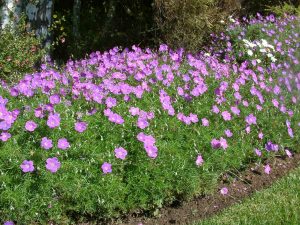
Pixabay
Largely found in the Eastern and Western Cape of South Africa, Geranium incanum is a gorgeous wildflower producing masses of bright pinkish-purple blooms throughout spring and into early summer. Also known as Carpet Geranium, it is incredibly easy to grow, tolerating a wide range of conditions. They also have medicinal properties and attract many pollinators. including beloved bees.
Erica spp.
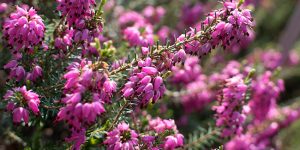
Pixabay
Commonly known as heaths, this genus of more than 600 species of flowering plants is largely native to the Cape region of South Africa. Part of the largest of the three Fynbos families – Ericaceae – the tube-shaped flowers come in an impressive range of colours, textures and shapes. These flowers attract birds and many other pollinators. filling your garden with fynbos and wildlife all at the same time.
ALSO SEE:
A version of this article was originally published in the Garden&Home June 2022 printed magazine.
Feature image: Pexels

